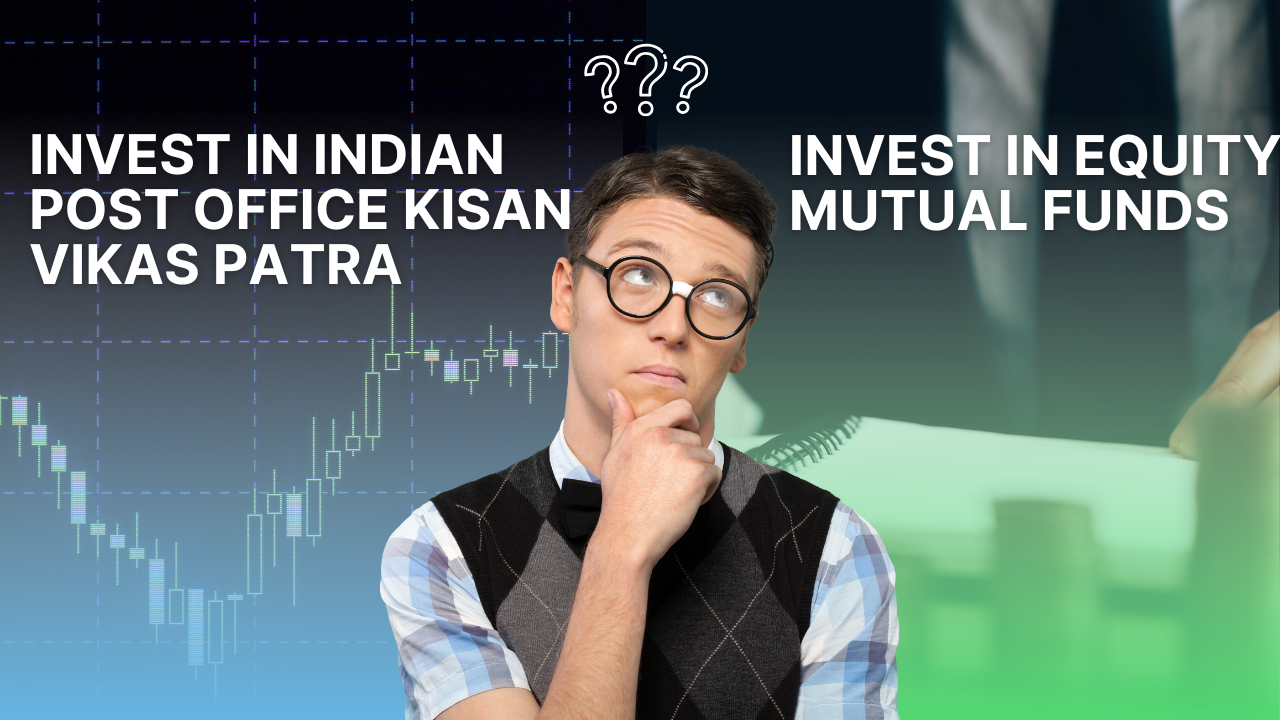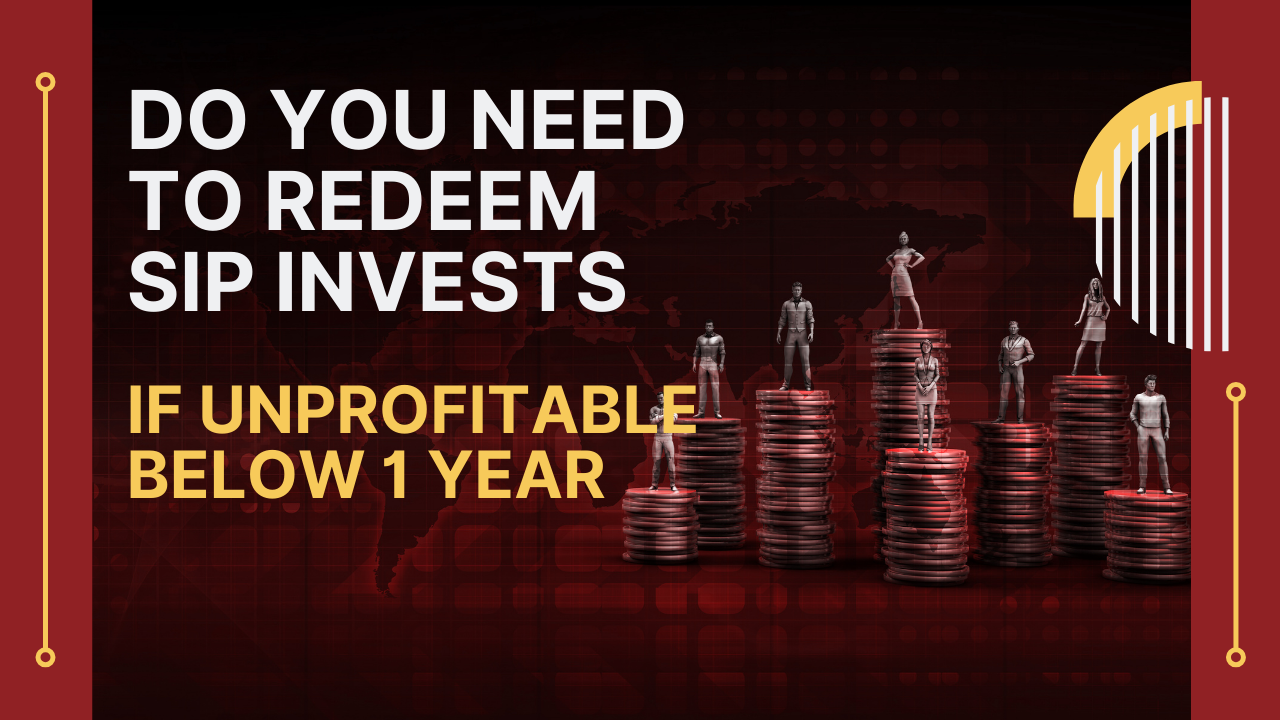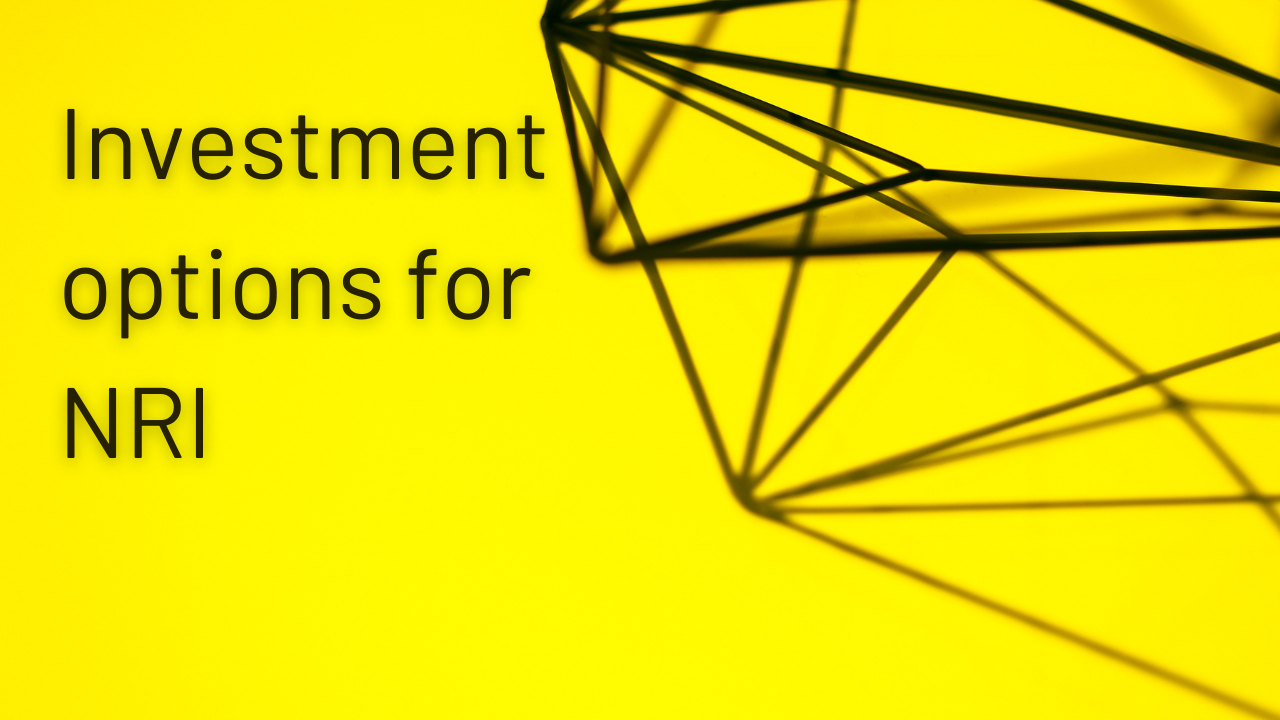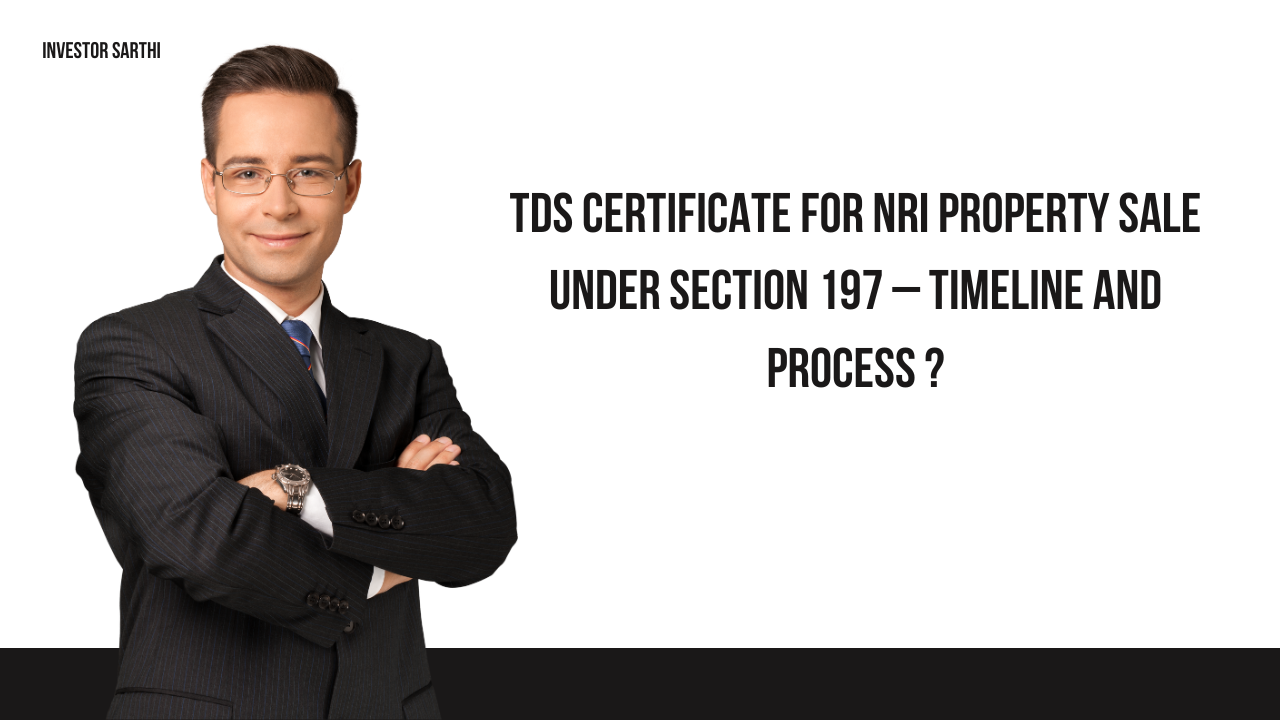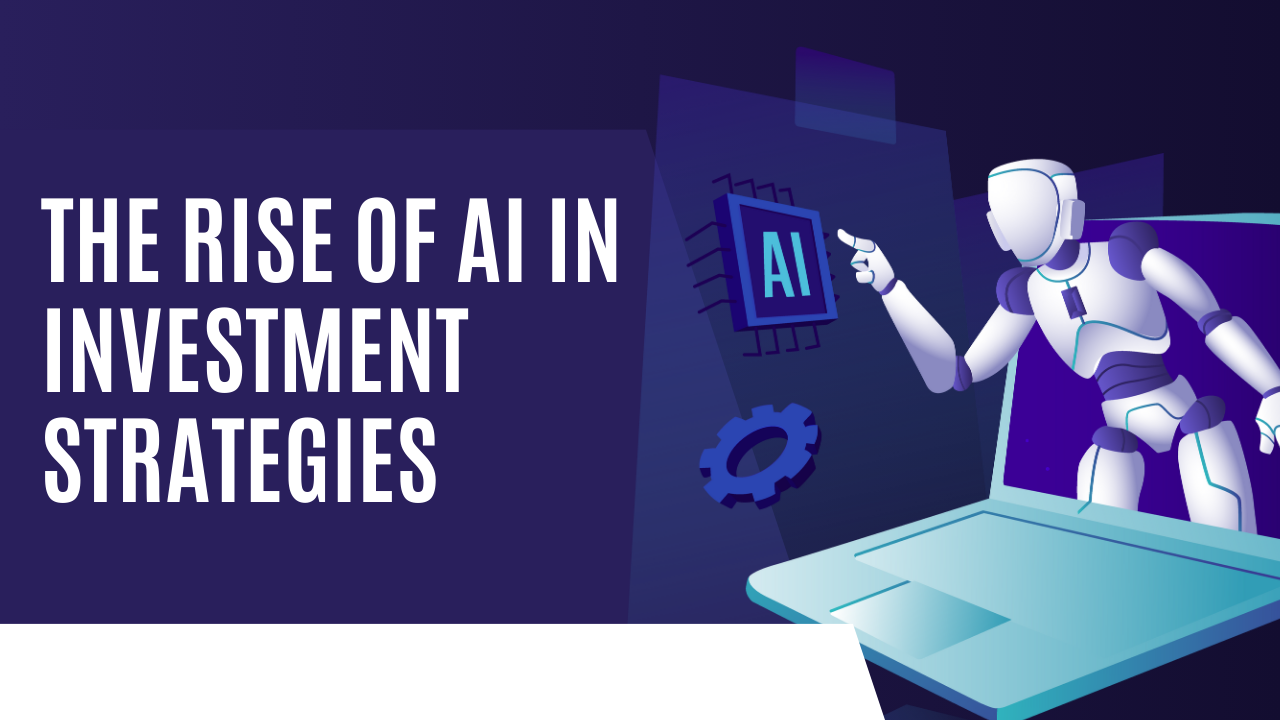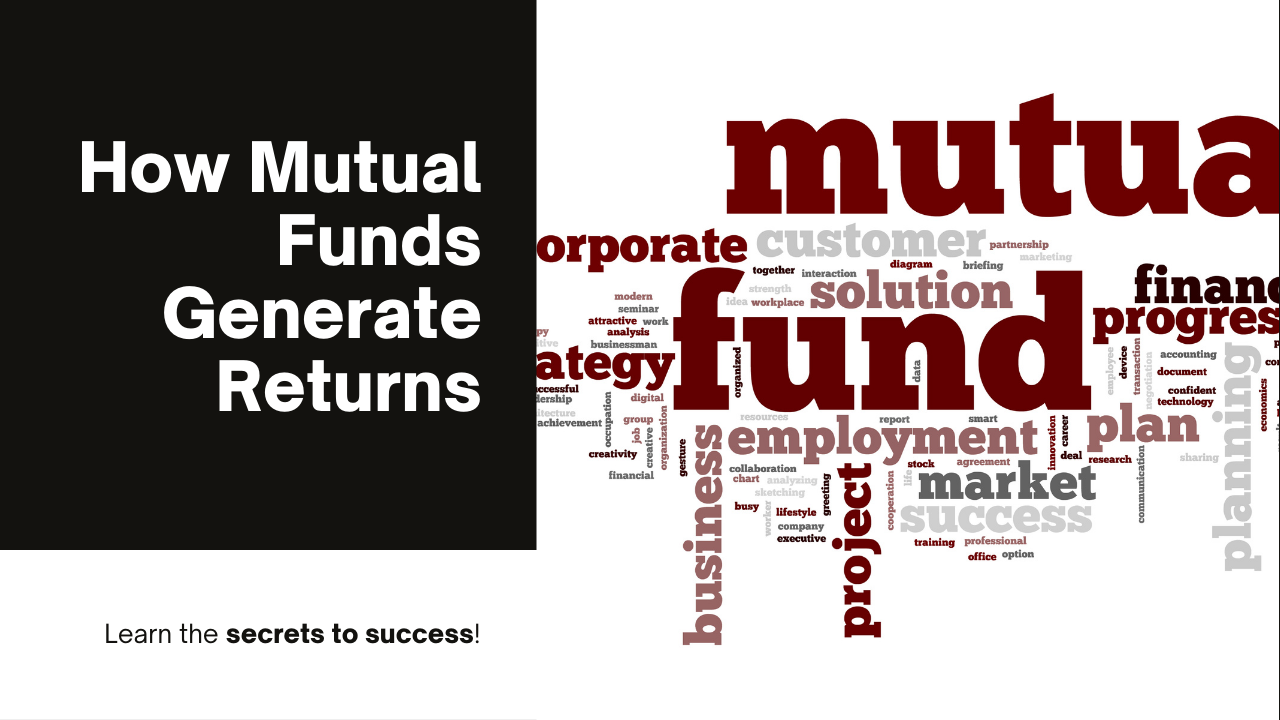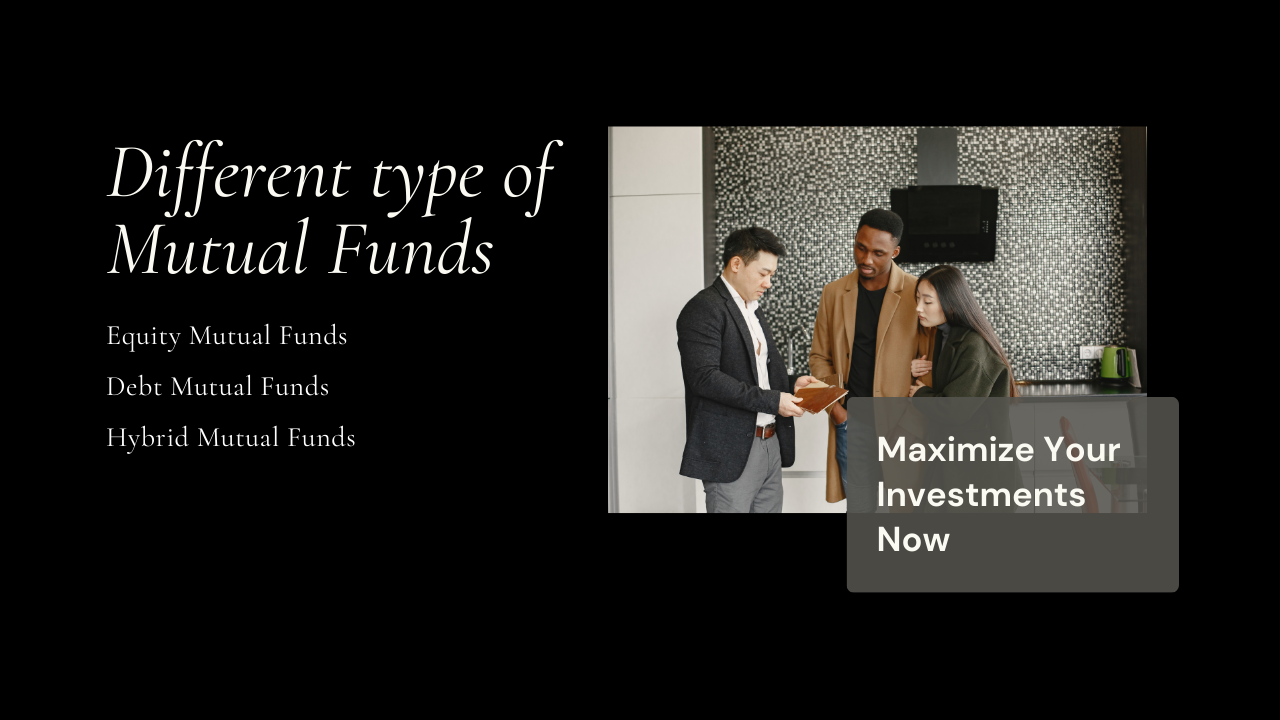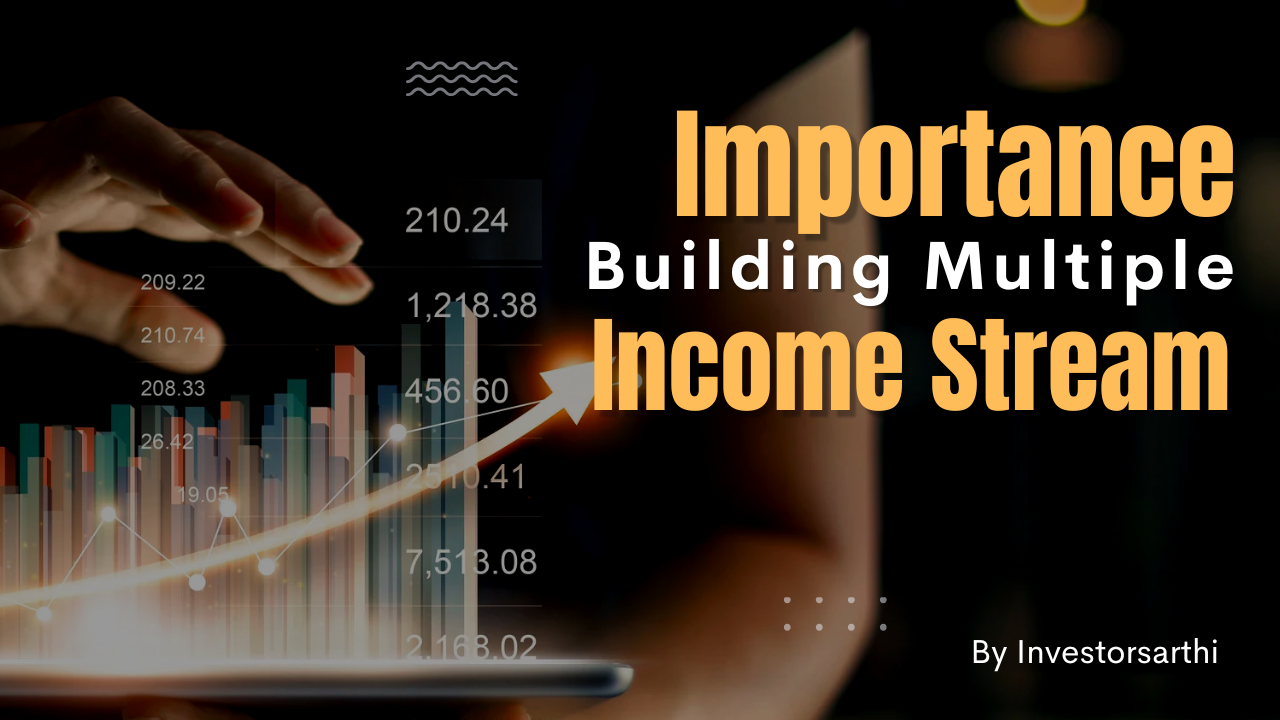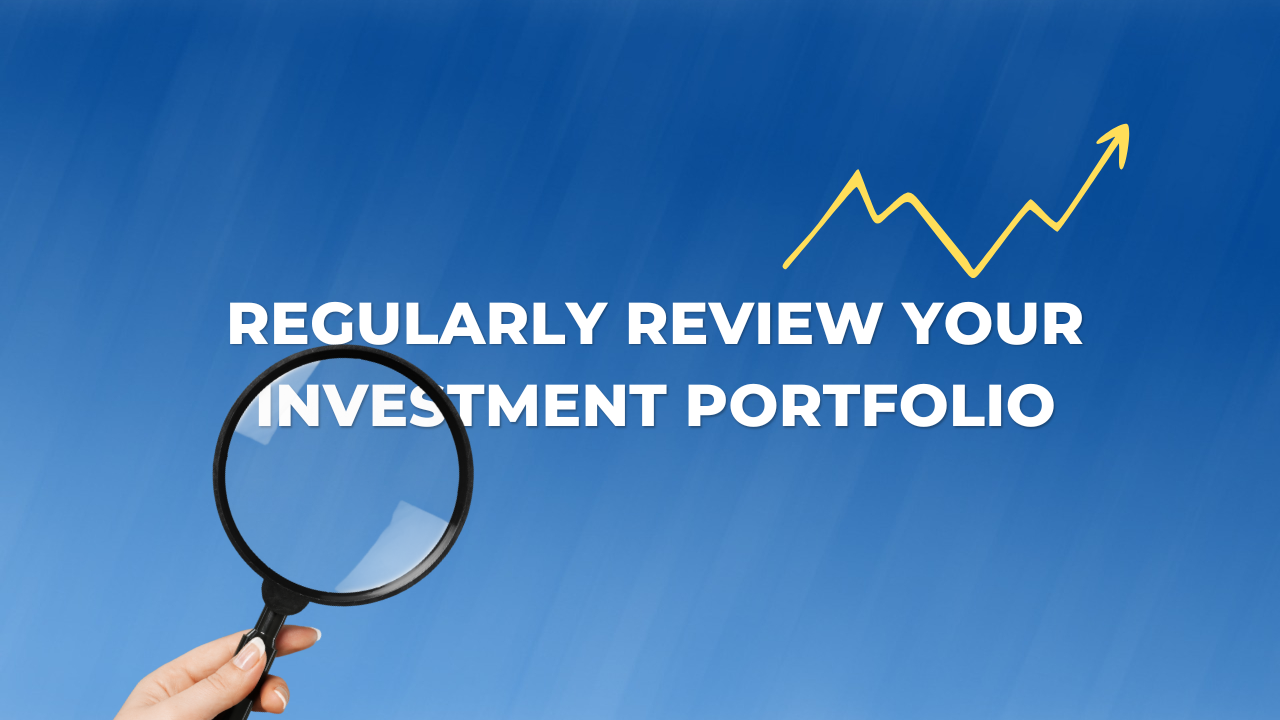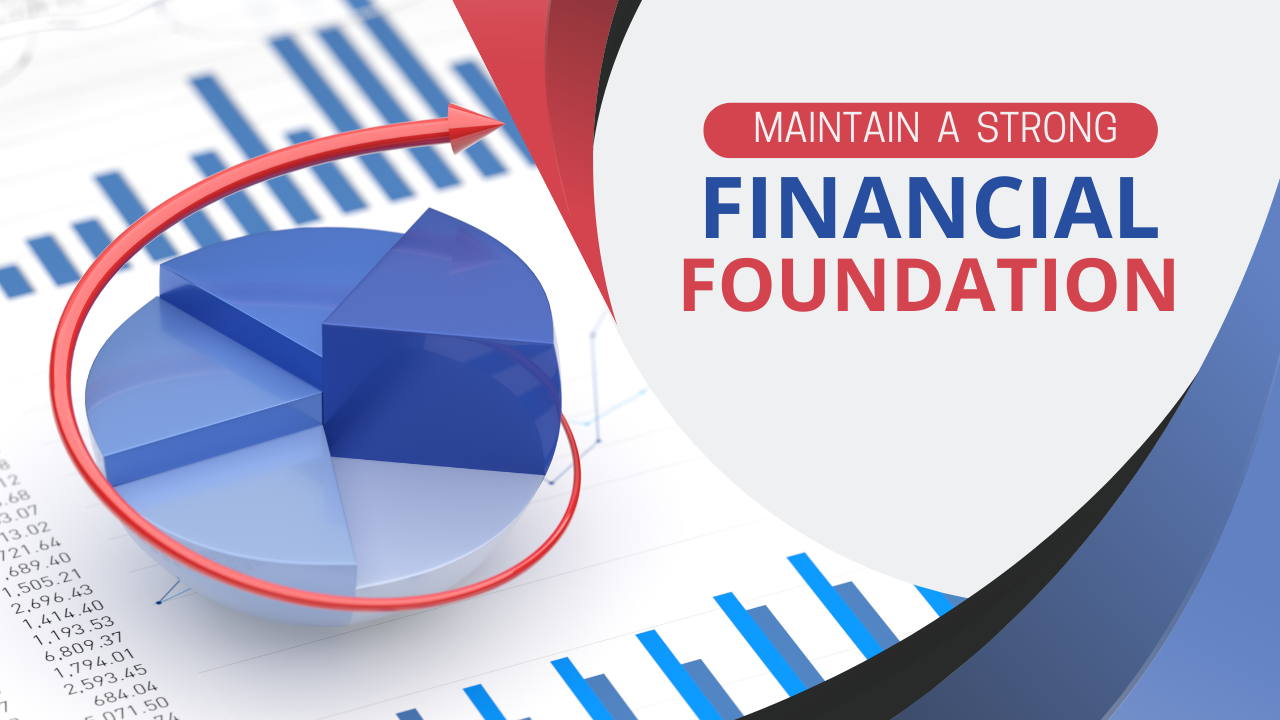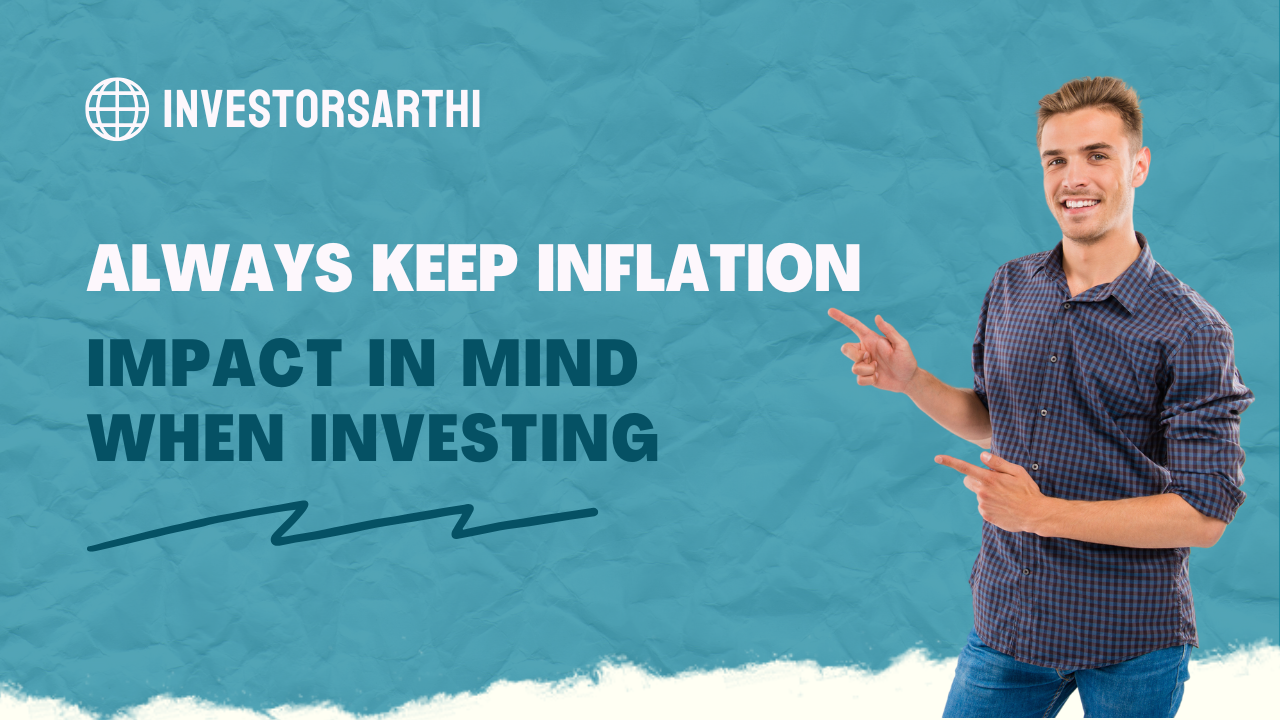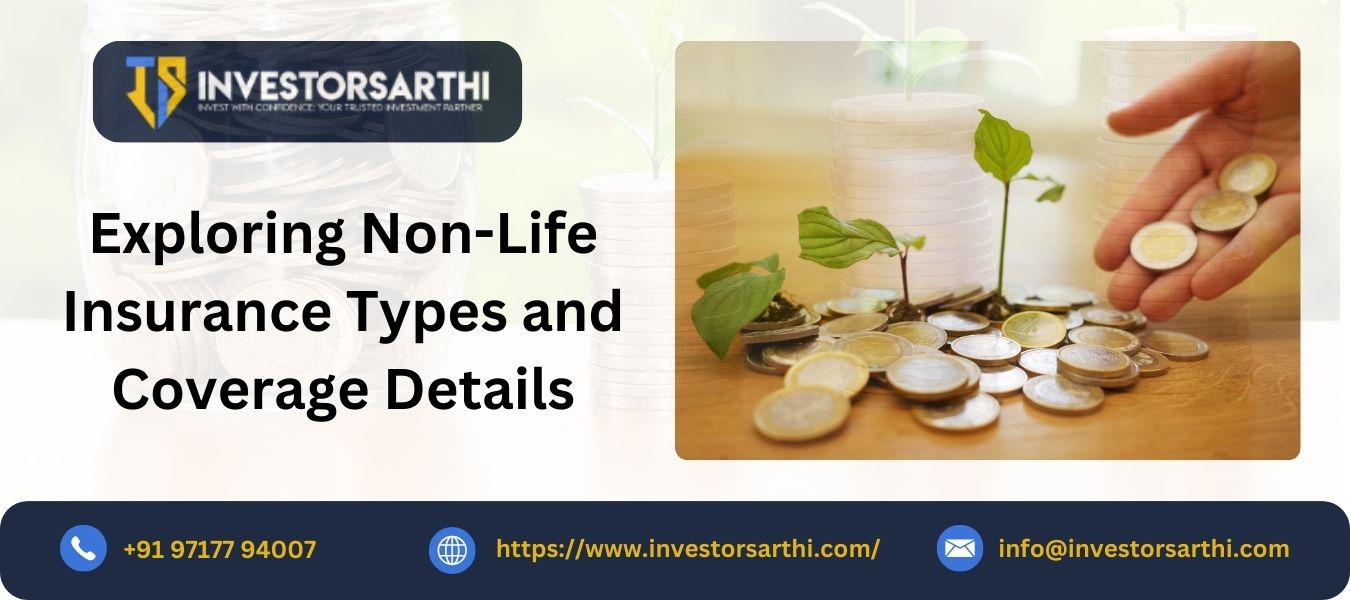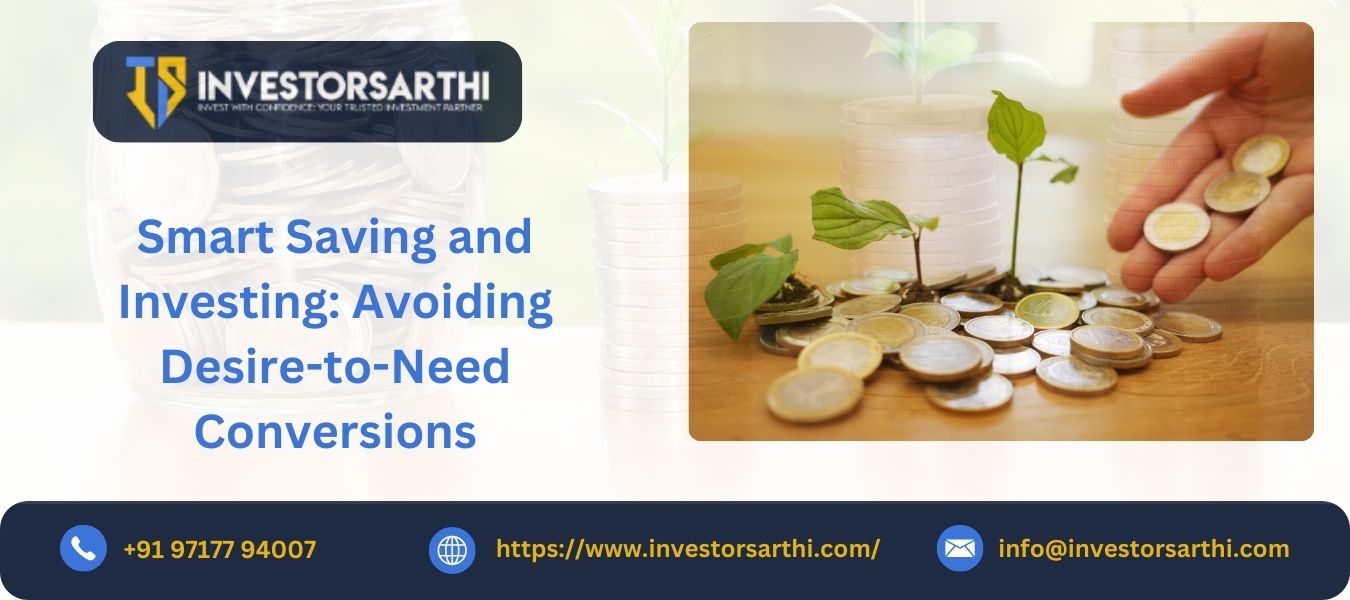Should I invest Rs 1 cr in Indian Post Office Kisan Vikas Patra or should I invest in equity mutual funds?
Should I invest Rs 1 cr in Indian Post Office Kisan Vikas Patra and get an assured return of Rs 2 cr after 10 yrs, or should I invest in equity mutual funds?
Investing Rs 1 crore in Kisan Vikas Patra (KVP) or equity mutual funds both have their pros and cons, depending on your financial goals, risk tolerance, and investment horizon. The Kisan Vikas Patra scheme, one of the popular post office savings schemes, offers a secure investment option, while equity mutual funds provide potential for higher returns. Let's analyze both options in depth to help you make an informed decision for your financial planning and retirement planning needs.
Option 1: Investing in Kisan Vikas Patra (KVP)
The Kisan Vikas Patra (KVP) is a government-backed small savings certificate scheme offered by India Post Offices. It is a fixed-income investment option that assures the doubling of your investment after a specific period, making it an attractive choice for risk-averse investors seeking guaranteed returns.
Features of KVP
- Guaranteed Returns: Your investment doubles in a fixed tenure, known as the KVP double time.
- Interest Rate: The current KVP interest rate is 7.5% per annum, which is competitive among post office interest rates. This results in your investment doubling in 115 months (9 years, 7 months), which is the KVP maturity period.
- Risk-Free: Since it is a government-backed investment, there is zero risk of capital loss.
- Liquidity: KVP has a lock-in period of 2.5 years, after which premature withdrawal is allowed under specific conditions.
- Tax Implications:
- The question "Is KVP interest taxable?" is important to consider. Interest earned is taxable as per your income tax slab.
- No tax deduction benefit under Section 80C.
- No TDS (Tax Deducted at Source), but you must declare it in your Income Tax Returns (ITR).
- Nomination: Facility available for easy transfer in case of the investor's demise.
- Compounding Interest: Interest is compounded annually, maximizing returns over time.
Pros of Investing in KVP
✅ Zero Risk: Your capital is safe, and returns are guaranteed, making it a risk-free investment. ✅ Predictable Growth: No market fluctuations or volatility. ✅ Simple & Hassle-Free: No need to track investments frequently. ✅ Government-Backed Investment: Provides peace of mind to conservative investors. ✅ Fixed Returns: Ideal for those who prefer certainty in their investment outcomes.
Cons of Investing in KVP
❌ Taxable Returns: Unlike some other investments, KVP interest is fully taxable, which may impact overall returns. ❌ Low Liquidity: Your funds are locked in for at least 2.5 years. ❌ Lower Returns Compared to Market-Linked Investments: Inflation could erode the real value of your returns.
Option 2: Investing in Equity Mutual Funds
Equity mutual funds invest in stocks of listed companies, offering potential for higher long-term returns. They are a popular choice among investors looking for growth and are willing to take on some market risk.
Why Choose Equity Mutual Funds?
- Higher Returns: Historically, equity markets have delivered 12-15% CAGR over the long term.
- Tax Efficiency: Long-term capital gains (LTCG) tax is 10% on gains above ₹1 lakh per year, which is lower than the tax on KVP interest. This makes mutual funds attractive tax-saving options.
- Liquidity: Unlike KVP, you can withdraw money at any time (subject to exit loads or taxation).
- Inflation-Beating Returns: Helps grow wealth over time, preserving purchasing power.
How Your Investment Grows in Equity Mutual Funds
Assuming a 12% CAGR return, your investment in equity mutual funds grows as follows:
|
Year |
Investment Value |
|
1 |
₹1,12,00,000 |
|
5 |
₹1,76,23,360 |
|
10 |
₹3,10,58,529 |
Pros of Investing in Equity Mutual Funds
✅ Potential for Higher Returns: You can achieve significantly higher wealth creation than fixed-income options. ✅ Tax Efficiency: LTCG tax of 10% after 1 year is much lower than the tax on KVP interest. ✅ Liquidity: You can withdraw anytime, with no lock-in period (except in ELSS funds with a 3-year lock-in). ✅ Inflation Protection: Stocks grow with the economy, helping your wealth outpace inflation.
Cons of Investing in Equity Mutual Funds
❌ Market Volatility: Returns are not guaranteed and may fluctuate in the short term. ❌ Requires Monitoring: Unlike KVP, you need to track your investments periodically. ❌ Behavioral Risks: Many investors panic and withdraw during market corrections.
Which Option Should You Choose?
The decision depends on your risk appetite and financial goals:
Choose KVP If:
✔️ You are a conservative investor who prefers safety over returns. ✔️ You need a guaranteed corpus after 10 years. ✔️ You are not comfortable with stock market fluctuations. ✔️ You value financial discipline and are looking for risk-free investment options.
Choose Equity Mutual Funds If:
✔️ You are comfortable with some risk for higher potential rewards. ✔️ You want to generate inflation-beating returns over time. ✔️ You need liquidity and tax efficiency. ✔️ You're focused on long-term wealth creation and can withstand short-term market volatility.
Recommended Approach: Balanced Strategy
Instead of putting all ₹1 crore in a single option, consider a hybrid strategy:
Split Investment (50:50 Approach)
- ₹50 lakh in KVP → Provides safety and assured returns.
- ₹50 lakh in Equity Mutual Funds → Offers higher growth potential.
This diversification balances risk and return while maximizing growth potential.
Should I invest Rs 1 cr in Indian Post Office Kisan Vikas Patra and get an assured return of Rs 2 cr after 10 yrs, or should I invest in equity mutual funds?
Investing Rs 1 crore in Kisan Vikas Patra (KVP) or equity mutual funds both have their pros and cons, depending on your financial goals, risk tolerance, and investment horizon. The Kisan Vikas Patra scheme, one of the popular post office savings schemes, offers a secure investment option, while equity mutual funds provide potential for higher returns. Let's analyze both options in depth to help you make an informed decision for your financial planning and retirement planning needs.
Option 1: Investing in Kisan Vikas Patra (KVP)
The Kisan Vikas Patra (KVP) is a government-backed small savings certificate scheme offered by India Post Offices. It is a fixed-income investment option that assures the doubling of your investment after a specific period, making it an attractive choice for risk-averse investors seeking guaranteed returns.
Features of KVP
- Guaranteed Returns: Your investment doubles in a fixed tenure, known as the KVP double time.
- Interest Rate: The current KVP interest rate is 7.5% per annum, which is competitive among post office interest rates. This results in your investment doubling in 115 months (9 years, 7 months), which is the KVP maturity period.
- Risk-Free: Since it is a government-backed investment, there is zero risk of capital loss.
- Liquidity: KVP has a lock-in period of 2.5 years, after which premature withdrawal is allowed under specific conditions.
- Tax Implications:
- The question "Is KVP interest taxable?" is important to consider. Interest earned is taxable as per your income tax slab.
- No tax deduction benefit under Section 80C.
- No TDS (Tax Deducted at Source), but you must declare it in your Income Tax Returns (ITR).
- Nomination: Facility available for easy transfer in case of the investor's demise.
- Compounding Interest: Interest is compounded annually, maximizing returns over time.
Pros of Investing in KVP
✅ Zero Risk: Your capital is safe, and returns are guaranteed, making it a risk-free investment. ✅ Predictable Growth: No market fluctuations or volatility. ✅ Simple & Hassle-Free: No need to track investments frequently. ✅ Government-Backed Investment: Provides peace of mind to conservative investors. ✅ Fixed Returns: Ideal for those who prefer certainty in their investment outcomes.
Cons of Investing in KVP
❌ Taxable Returns: Unlike some other investments, KVP interest is fully taxable, which may impact overall returns. ❌ Low Liquidity: Your funds are locked in for at least 2.5 years. ❌ Lower Returns Compared to Market-Linked Investments: Inflation could erode the real value of your returns.
Option 2: Investing in Equity Mutual Funds
Equity mutual funds invest in stocks of listed companies, offering potential for higher long-term returns. They are a popular choice among investors looking for growth and are willing to take on some market risk.
Why Choose Equity Mutual Funds?
- Higher Returns: Historically, equity markets have delivered 12-15% CAGR over the long term.
- Tax Efficiency: Long-term capital gains (LTCG) tax is 10% on gains above ₹1 lakh per year, which is lower than the tax on KVP interest. This makes mutual funds attractive tax-saving options.
- Liquidity: Unlike KVP, you can withdraw money at any time (subject to exit loads or taxation).
- Inflation-Beating Returns: Helps grow wealth over time, preserving purchasing power.
How Your Investment Grows in Equity Mutual Funds
Assuming a 12% CAGR return, your investment in equity mutual funds grows as follows:
|
Year |
Investment Value |
|
1 |
₹1,12,00,000 |
|
5 |
₹1,76,23,360 |
|
10 |
₹3,10,58,529 |
Pros of Investing in Equity Mutual Funds
✅ Potential for Higher Returns: You can achieve significantly higher wealth creation than fixed-income options. ✅ Tax Efficiency: LTCG tax of 10% after 1 year is much lower than the tax on KVP interest. ✅ Liquidity: You can withdraw anytime, with no lock-in period (except in ELSS funds with a 3-year lock-in). ✅ Inflation Protection: Stocks grow with the economy, helping your wealth outpace inflation.
Cons of Investing in Equity Mutual Funds
❌ Market Volatility: Returns are not guaranteed and may fluctuate in the short term. ❌ Requires Monitoring: Unlike KVP, you need to track your investments periodically. ❌ Behavioral Risks: Many investors panic and withdraw during market corrections.
Which Option Should You Choose?
The decision depends on your risk appetite and financial goals:
Choose KVP If:
✔️ You are a conservative investor who prefers safety over returns. ✔️ You need a guaranteed corpus after 10 years. ✔️ You are not comfortable with stock market fluctuations. ✔️ You value financial discipline and are looking for risk-free investment options.
Choose Equity Mutual Funds If:
✔️ You are comfortable with some risk for higher potential rewards. ✔️ You want to generate inflation-beating returns over time. ✔️ You need liquidity and tax efficiency. ✔️ You're focused on long-term wealth creation and can withstand short-term market volatility.
Recommended Approach: Balanced Strategy
Instead of putting all ₹1 crore in a single option, consider a hybrid strategy:
Split Investment (50:50 Approach)
- ₹50 lakh in KVP → Provides safety and assured returns.
- ₹50 lakh in Equity Mutual Funds → Offers higher growth potential.
This diversification balances risk and return while maximizing growth potential.



